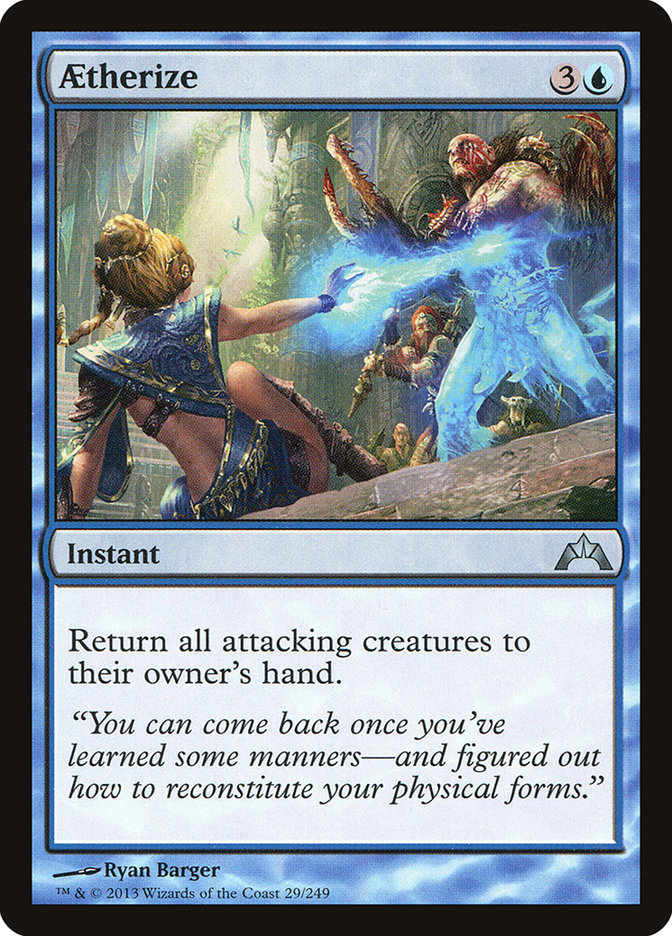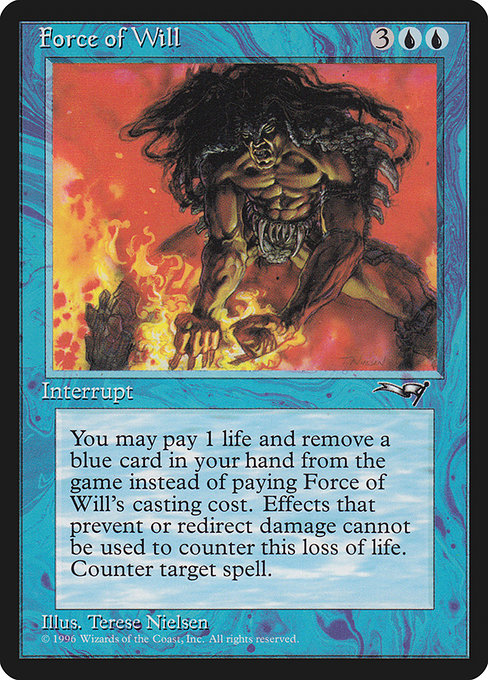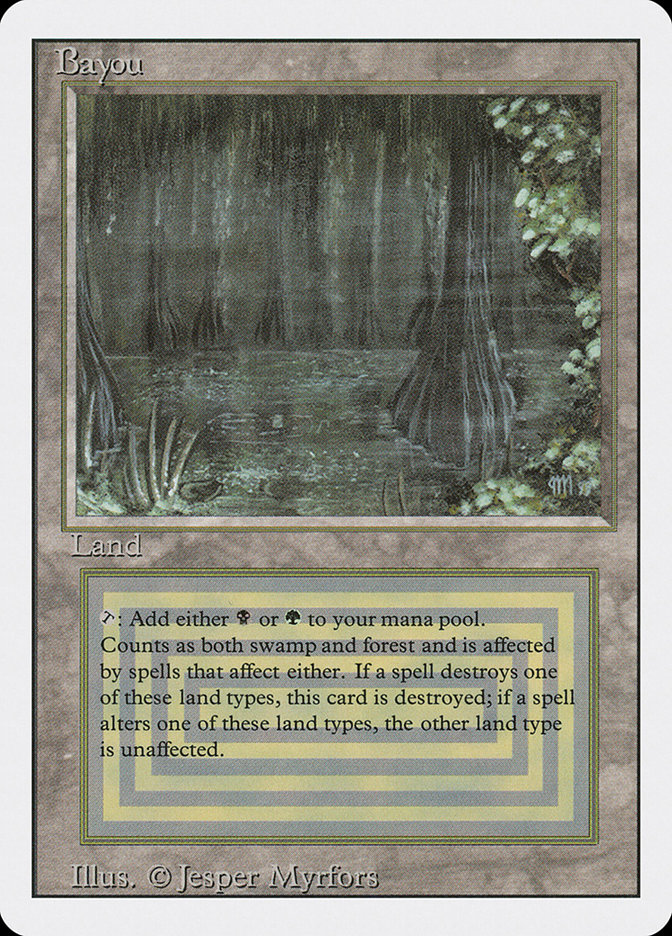Commander Power Levels: What do they Mean?

I was talking to one of my friends who has been out of the EDH game for a little while and he asked me an interesting question. What exactly do power levels mean? I had mentioned them in a previous article but did not fully elaborate on what the 1-10 scale actually means. While it differs from playgroup to playgroup power levels are a good way to get a feel for how strong a players deck is and adjust it if needed for a different playgroup. Why? Because bringing a Competitive EDH deck to a table of players who are learning the game is not necessarily a good way to bring new players into the scene. So let’s go through each number in the scale. I like to group 1-4 together, 5-7 together, and 8-10 together.
Power Levels 1-4


This realm of numerical power is where meme decks and brand new players decks tend to land. The fabled level 1 power deck is typically demonstrated by its ability by sheer force of will to not function. A true nonstarter of a deck such as a deck too short on lands lets say… 23 lands backed up by a creature base of 6+ costed creatures and little to no fixing. Even this description may be too generous, the lower end of the 1 descriptor can be pulled into full non functionality but typically these decks are made on purpose by players who are trying to do something silly for fun. And that’s cool! Play 99 lands and Borborygmos Enraged, it’s fun to try!
Going up from there we have new players custom creations, not to say that all new players make low powered decks, far from it. But players who are brand new to the game may try just putting a deck together with what they have laying around. This is thoroughly in the spirit of magic the gathering! And after they test their creation, if they want feedback on what to change, then feel free to give them pointers. We are all learning out here and it’s very difficult for players to understand the breadth of the card pool when starting out.
At the top end of the “low powered” decks are most precon products. This is where people tend to start playing and it's a good time overall. The decks tend to be mildly synergistic (we will hear more of this word later on). The commanders are decent to excellent, and the mana base is a step above bulk basics and common duals. Crucially, preconstructed decks tend to give new players a guideline for how to construct their commander decks for the future, with about one third lands, a good mix of spells on curve, and a reasonable path to win the game.
Power Levels 5-7


These midrange power level decks are all about getting more and more streamlined or powerful. These decks are what you normally see players who casually play at at game stores playing. What keeps these from being high powered decks are two things. Those two things being namely, raw power and synergy. You may have some questions here, like what does that mean? Is there really a difference between a 5 and a 7?
Well, convenient questions asker, let me address those one at a time. What does that mean? Raw power refers to the power level of individual cards in a deck. Aetherize gets upgraded to cyclonic rift, Terramorphic Expanse to Fabled Passage, Tap lands to Shock Lands. Etc. Power goes up from here to the roof of legacy and vintage cards. Original Dual Lands are strictly better than Snow Duals from kaldheim. (Although each has a place). This is also the easiest way to correlate cost to a deck. More powerful cards tend to cost more. Which is why some playgroups try to have a cost limit on decks to restrict power and encourage creative deckbuilding.
The other question is Synergy. A more synergistic deck is almost always more attuned to executing a game plan than its less synergistic counterpart. All else being the same, a deck that combos on turn 3 is better than a different version of the deck that combos on turn six IN A VACUUM. This example does not directly take into account things like interaction; however, interaction can also be the hallmark of a very powerful deck. Some midpower decks stay that way because they want to execute their plan and have no plan to deal with other players. That's fine, but if that plan is SMASH CREATURES into people, they might have some issues with a control player playing a board wipe every other turn in their superfriends deck. In short a deck's synergistic qualities are how it interacts with itself and not necessarily how it interacts with other people.
As for a difference between a 5 and a 7… there isn’t much of one honestly. I know some of my decks are 7s because I know they aren’t 8+ decks. I used to play in a very competitive scene but didn’t have the cash to build a hyper competitive deck so I built something that worked on a cheaper budget. This turned into my Momir Vig deck which I have written about previously, and that deck is a scourge on casual playgroups but it is very much non viable in competitive playgroups.
I like playing in this range because everyone I play with enjoys playing their cards and wants to have a fun game that may take awhile but that is part of the fun. As an opportunity to hang out with friends and catch up over a game of commander. (By the way, do not play a 9 person pod of edh it takes too long).
Power Levels 8-10


Do you have a combo edh deck that may or may not have force of will in it? You may be looking at a cedh deck or a high powered deck. These decks are streamlined and efficient, this is where the “cedh” format lives if such a thing should be described as a separate format. Dual lands, force of wills, tutors, and very quick kills. These power levels are for people who seek victory above all else. And there is nothing wrong with that, in theory. There’s an edh tournament near you with big money on the line, go crazy do what you can to win as long as it’s within the rules. But these decks are in a different battleground than what we’ve discussed before. Going into a coffee shop with a highly tuned two turn kill combo deck to beat up on kids just starting the game is not the play friends. An entrance to the game via trial by fire may work for some but it does burn them all. There's a time and a place for a high powered deck, but do remember that for most people this is a casual format, and maybe that’s a good thing.
Addendum:
Do I advocate for a separate cedh ban list?
No? I don’t think so but that’s only because I think that edh is a casual format at its core and if a separate ban list is needed it should only be for tournament play. It’s also important to remember that the edh rules committee are just commander players, and the ban list is effectively what they’ve agreed to ban and if your play group doesn’t like a card then maybe you should ban it for yourselves. It's just a game at the end of the day, let's all have fun.










